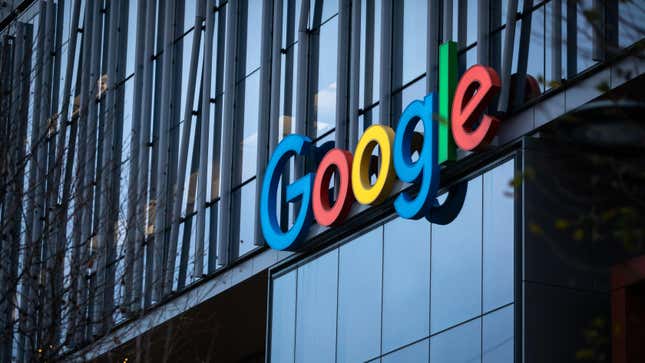
After an initial announcement in February, Google has officially opened limited access to a beta of its AI chatbot, “Bard,” which it describes as a companion to its primary service, search. Google calls the chatbot an “experiment” and has reminded users that it is still very much a work in progress and may not always function as intended.
Until now, Google’s chatbot was only available to what it’s called “trusted testers,” though the company now stresses that user feedback will be a vital part of helping the program improve going forward.
“You can use Bard to boost your productivity, accelerate your ideas and fuel your curiosity,” Google researchers wrote in a blog post published Tuesday. “You might ask Bard to give you tips to reach your goal of reading more books this year, explain quantum physics in simple terms or spark your creativity by outlining a blog post.”
The chatbot’s release, several months after rival ChatGPT took the world by storm, signals that the AI arms race in Silicon Valley is officially heating up.
How does Google Bard work?
Like others chatbots of its kind, Bard is built with in-house artificial intelligence software—in this case, Google’s Language Model for Dialogue Applications, or LaMDA. The chatbot works by using massive amounts of data to predict how to respond to human queries. In essence, the chatbot is a language prediction machine—built less around providing accurate information than around producing a rhetorical response that sounds accurate.
Google has acknowledged the fact that its AI program does have a habit of making mistakes. Google’s CEO, Sundar Pichai, has said that the program will only improve with user feedback and has emphasized in an email to employees that “things will go wrong” with the chatbot initially. In fact, Bard’s initial demo last month involved a pretty embarrassing screw-up: the chatbot generated incorrect information about the James Webb Space Telescope, which was then printed in the company’s promotional materials.
“While LLMs are an exciting technology, they’re not without their faults. For instance, because they learn from a wide range of information that reflects real-world biases and stereotypes, those sometimes show up in their outputs,” Google’s blog states. “And they can provide inaccurate, misleading or false information while presenting it confidently.”
Google can perhaps be forgiven for releasing a less-than-perfect product, given the rate at which it was released. Many have interpreted the speed with which Bard was spun up as a response to the popularity of ChatGPT, the rival chatbot produced by the Elon Musk-funded artificial intelligence lab OpenAI. Launched last November, ChatGPT became an almost overnight success, spurring a broader enthusiasm for artificial intelligence products throughout the web. Now, several months later, every major tech company is racing to release its own public-facing AI products. In addition to Bard and OpenAI’s chatbot, Microsoft has launched its own ChatGPT-integration for its search engine Bing, and Meta has announced its own large language model, LLaMA, which hasn’t been officially released. (Though LLaMA has been copied.)
If you’re interested in signing up to give Bard a try, you can visit Google’s launch page for the app and join a waiting list.
Want to know more about AI, chatbots, and the future of machine learning? Check out our full coverage of artificial intelligence, or browse our guides to The Best Free AI Art Generators and Everything We Know About OpenAI’s ChatGPT.